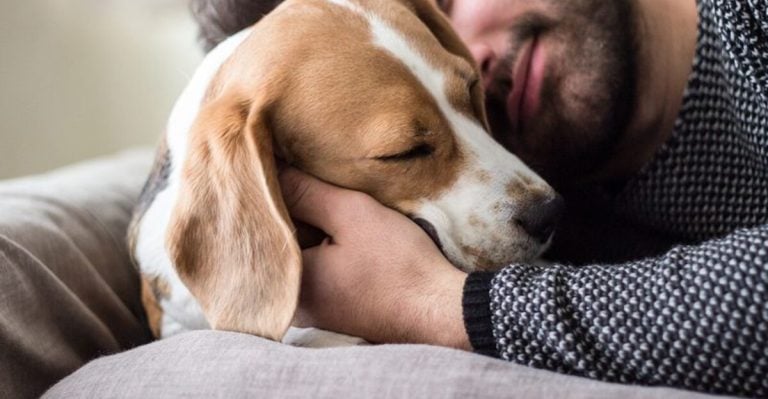15 Ways People Accidentally Choose The Wrong Dog Breed

A canine pet brings joy, but the wrong match can lead to years of frustration. Mismatches can arise due to ignoring several important factors. This article highlights vital elements many overlook to ensure a well-informed choice that leads to a fulfilling and lasting bond.
Choosing Based On Appearance Alone

A canine’s looks can be charming, but beauty fades when conducting clashes with lifestyle. The Afghan Hound’s elegance hides its independent nature, while the Dalmatian’s spots don’t reveal its relentless energy. Ignoring disposition in favor of aesthetics often leads to overwhelming ownership challenges and unmet expectations.
Underestimation Of Exercise Requirements

Choosing an active breed without the commitment to physical activity results in destructive habits, excessive barking, and frustrated caretakers. According to People’s Dispensary for Sick Animals (PDSA), breeds like the Australian Shepherd require two or more hours of daily physical activity.
Failure To Meet Grooming Needs

Some canines demand professional coat maintenance regularly. The Old English Sheepdog’s dense double coat mats easily without frequent grooming. The Chinese Crested, on the other hand, needs sunscreen to protect its sensitive skin. Overlooking a breed’s coat maintenance needs can lead to costly upkeep or severe health issues, like painful skin infections and excessive shedding.
Ignoring Potential Health Issues

Certain breeds are walking vet bills. Failing to research breed-specific health risks leads to unexpected medical expenses. For instance, Dachshunds have a 10 to 12.6 times greater risk of developing Intervertebral disc disease (IVDD) compared to other breeds, according to the Universities Federation for Animal Welfare (UFAW ).
No Consideration For Temperament Compatibility
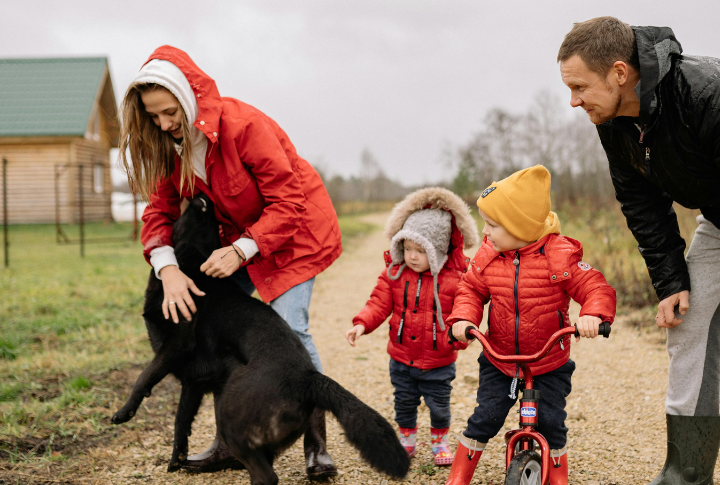
Behavioral challenges are a leading cause of dog returns. A study of 102 surrendered dogs at a Texas shelter found that 56% were given up due to temperament issues. For example, the Labrador’s adaptability makes it a great family dog, but the Akita’s loyalty can make it unsuitable for multi-pet households.
Failing To Consider Size And Living Space
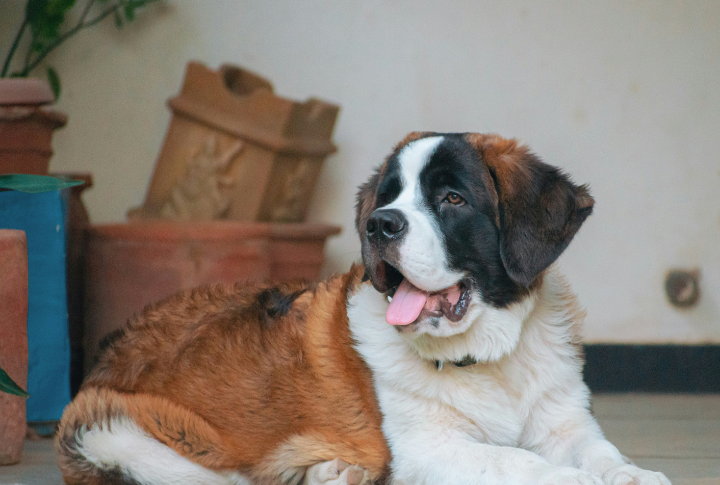
A Saint Bernard puppy may look manageable, but within months, it weighs more than an adult human. High-rise apartments rarely accommodate breeds like Great Danes, which need ample room to stretch. A lack of space leads to joint stress, restlessness, and an unhappy pet in a cramped environment.
Not Accounting For Lifespan Commitment
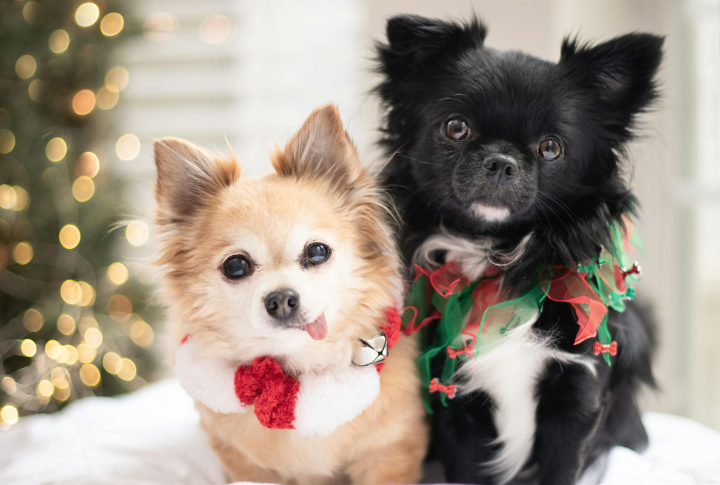
Pet ownership is a long-term pledge. Small breeds, such as Chihuahuas, often live between 12 to 20 years, while Irish Wolfhounds reach up to 10. Choosing a canine without considering its lifespan results in unexpected commitments. The commitments can lead to adjustments in career, living situations, and even retirement planning.
Belief That All Breeds Suit Children
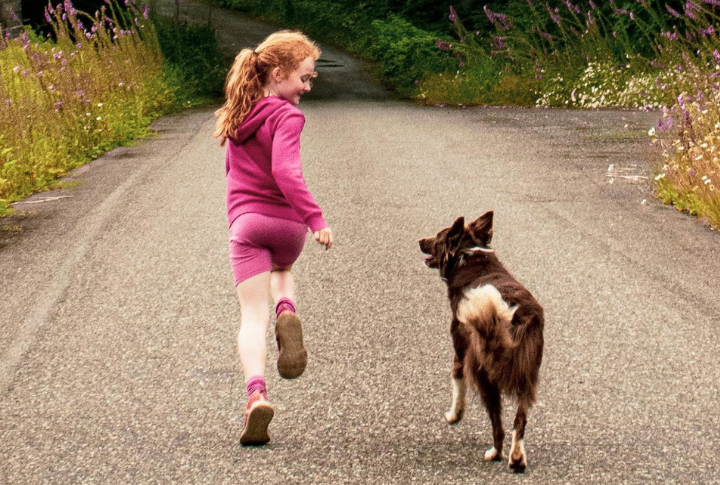
A breed’s size and instincts affect its suitability for children. The Shih Tzu, though affectionate, is delicate and prone to injury in a rowdy household. The highly intelligent Border Collie may mistake fast-moving kids for livestock and instinctively nip at them. A dog’s ability to handle noise, movement, and unpredictability should determine pet selection.
Neglect Of Training And Socialization Needs
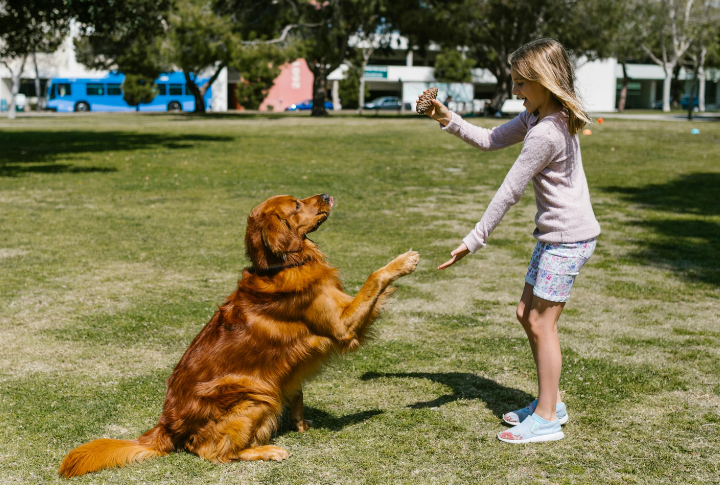
Some breeds are natural learners, while others demand patience. The independent-minded Basenji, known as the “barkless canine,” resists traditional obedience lessons, while the eager-to-please Golden Retriever thrives on structured lessons. Failure to meet a breed’s obedience lesson expectations results in defiant conduct and frustration for inexperienced caretakers.
Selection Based On Trends Or Popularity

A viral sensation doesn’t mean a suitable pet. Following the popularity of “Game of Thrones,” there was a significant increase in Husky adoptions, yet many ended up in shelters due to their demanding nature. Popularity-driven choices often neglect practical factors, which results in mismatched ownership experiences and eventual surrenders.
Not Considering Allergies And Shedding

Dog dander is a leading cause of pet allergies. Overlooking a breed’s shedding tendencies can mean constant cleaning, allergic reactions, and an unmanageable household environment. Breeds like Samoyeds leave trails of fur, contrary to hypoallergenic breeds such as the Portuguese Water Dog, which reduce allergy risks.
Misjudging Breed-Specific Behaviors

Instincts rule the canine world. Huskies dig, Beagles follow scents relentlessly, and Jack Russell Terriers chase anything that moves. Expecting a breed to defy centuries of genetic programming leads to disappointment. Understand natural tendencies to ensure a canine’s needs align with an owner’s expectations.
Assumption That A Dog Adapts Instantly To A New Home
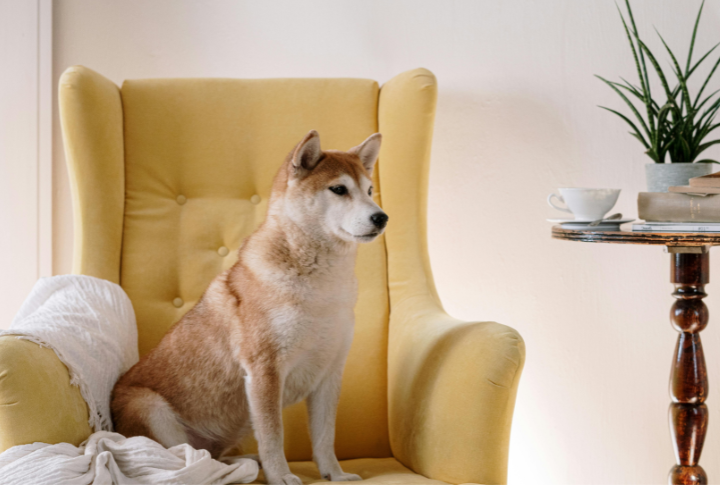
Every dog adapts to a new home in its own way. Reserved breeds like the Shiba Inu need time before trusting their owners, whereas social breeds like the Boxer attach quickly. When owners expect immediate obedience, they risk creating behavioral issues or giving up on a dog before it has a chance to settle in.
Ignoring Breed-Specific Dietary Needs
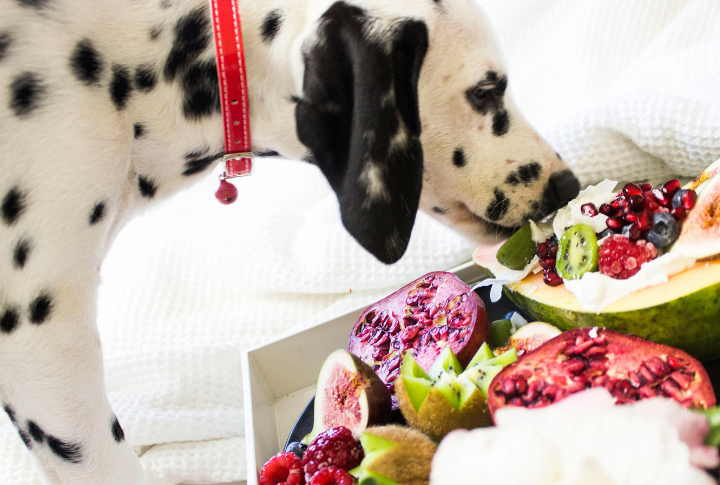
Nutrition isn’t universal. Large breeds like Great Danes require controlled calcium intake to avoid skeletal issues, while Dalmatians need low-purine diets to prevent kidney stones. Providing an improper diet can lead to chronic health problems. This proves that nutrition must be breed-specific for optimal longevity.
Belief That Every Dog Suits First-Time Owners

Some breeds challenge even seasoned handlers. The independent Chow Chow and strong-willed Belgian Malinois demand firm leadership, structured obedience lessons, and constant mental engagement. Choosing a high-maintenance breed without experience leads to behavioral issues, stress, and potential rehoming. So, not all canines are beginner-friendly.




